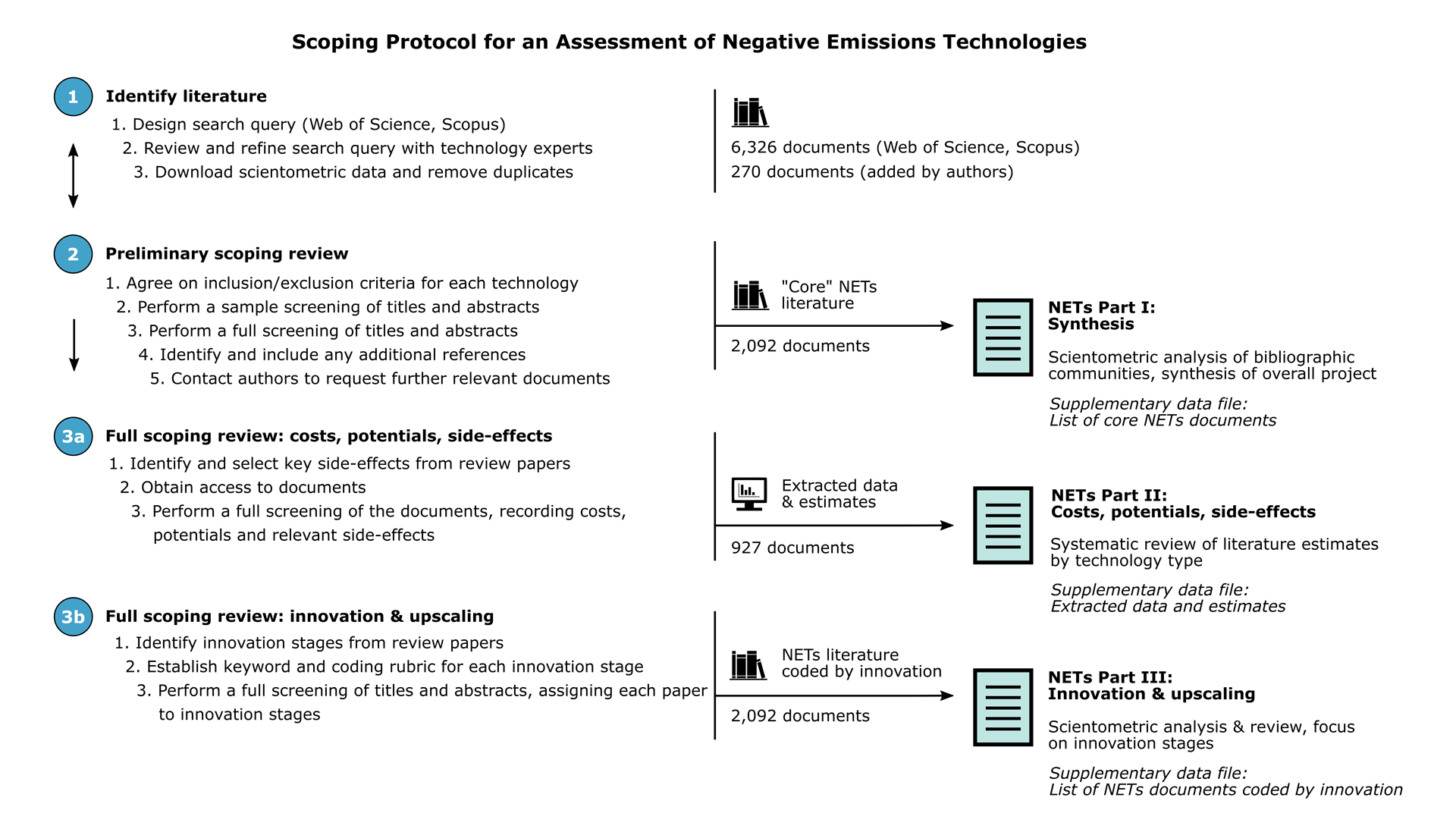Why systematic reviews?
The practice of scientific reviewing is vulnerable to a host of biases, from the type of literature considered (selection bias) to the discussion of results (interpretation bias). Standard reviews are typically not well documented, and hence fail on basic scientific criteria of transparency and reproducibility. In addition, the rapid growth of the scientific literature fundamentally threatens the practice of assessments (i.e. large-scale reviews), as the scope of available documents becomes too large for individuals to accurately and comprehensively track scientific developments. Systematic reviews, with their emphasis on complete coverage and procedural transparency are a step towards resolving these issues.
What is a systematic review?
“Systematic review” refers to a whole suite of formal methods to aggregate evidence into discrete bodies of knowledge by reconciling evidence and understanding sources of variation in a rigorous way. Guided by the principles of reproducibility and transparency include formal quantitative methods for aggregating statistical and experimental research (such as meta-analysis), methods to review qualitative theory and evidence (such as meta-ethnographies), as well as methods to compile mixed quantitative and qualitative evidence (such as realist reviews). Yet, all approaches share the feature that they follow a clear methodological protocol that involves the following steps: 1) clearly defining the research question; 2) systematically searching defined literature databases for a defined time period; 3) justifying and making transparent sources and selection of the literature; 4) systematically assessing the quality of the selected evidence; 5) justifying and making transparent methods used to synthesize the evidence based; and 6) appraising confidence in the results.
Protocol for this review
The project shared a common review methodology, which aims to be comprehensive in terms of literature reviewed, and transparent in the selection process. The steps taken were as follows (also shown in the next figure):
- We developed an initial search query to identify the NETs literature, disaggregated by each technology. Our queries are available here, and the full list of documents thereby obtained can be found in here
- We performed a preliminary scoping review to narrow down the search results to relevant publications by reading all the abstracts. Documents which were found to be relevant have a 1 in the ‘relevant’ column in the spreadsheet above
- We extracted data from the relevant documents on costs, potentials and side-effects. This step is explained in detail below: documents which were included in the spreadsheet have a 1 in the ‘In_Spreadsheet’ column in the spreadsheet above

The diagram shows the scoping protocol for an assessment of negative emissions technologies